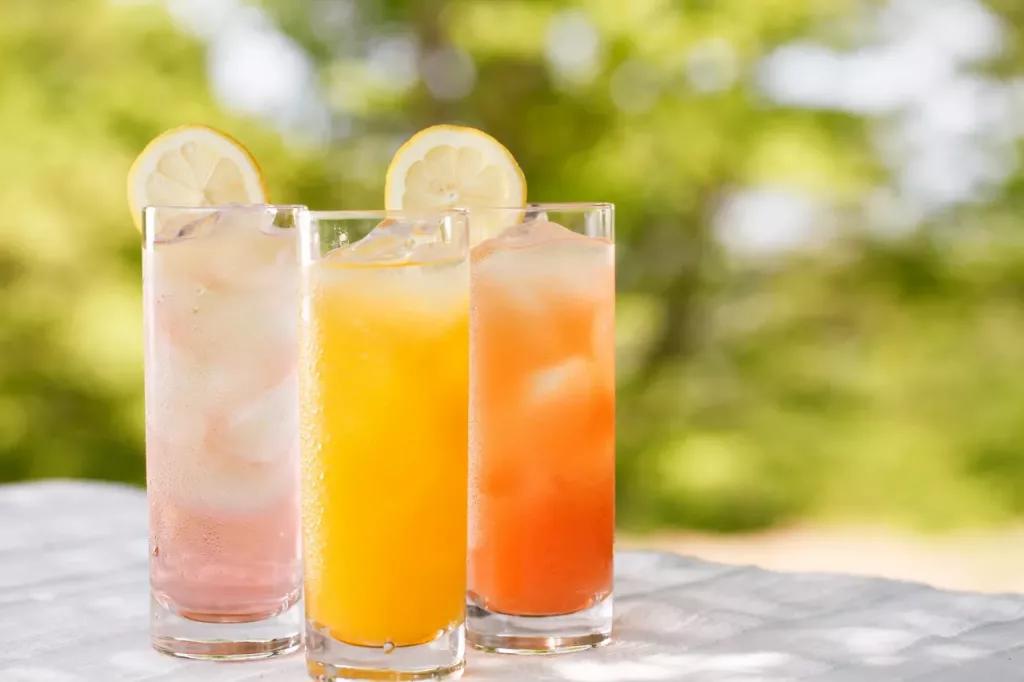By Richard Horwell, Brand Relations. Is your entrepreneurial instinct drawing you to the Food and Drink sector? Many entrepreneurs look at the range of drinks in the Supermarkets or stores and say to themselves ‘I can do better than that!’. Creativity is brilliant in the UK, however, starting a Food or Drink company isn’t an easy option.
A mass of products in a category such as say, Energy Drinks, means that the chances are you’ve missed the boat and the only way to get into this category is by being cheaper or throwing money at your brand – neither of which I recommend.
Let’s review the steps startup founders should follow before taking a new product idea forward:
1: RESEARCH your market!
We have so many clients that come to us with very little idea of the competition in the category they are planning to enter. The more established a category is – such as energy drinks – the harder and more expensive it will be to make any inroads.
Don’t just look in the UK, research the rest of the world. Entrepreneurs can learn a lot from other brands’ mistakes and get some great ideas from the flavours they used. Also, understand their messaging to their audience, how well they are selling in their market, and their retail price.
2: POD (Point of Difference)
Think hard about your offering and why it will stand out. The drink’s category has been highly innovative over recent years. Many brands from startups have become big brands and even taken on the likes of Coca Cola, so much so that the big players have spent millions to acquire them.
But to stand out you must have a POD so that your target audience will cross the road to buy your product. Creating a following is what makes your brand attractive to the big players to buy in the long term; they want your audience.
A point of difference is not just more eye-catching packaging, or a funky flavour. It is being unique. Blending ingredients that others have not thought of before, and, having your product taste exceptional.
3: MONEY
Food & Drink isn’t a cheap industry to get into. One issue is minimum production runs. You can develop a production recipe (as opposed to one made at home), get a brand name and branding, and then try raising the money after that in order to pay for a production run. However, it’s virtually impossible to raise money just on a basic idea. If you have no seed funding, then you may have to rely on family and friends to invest/donate, but this can be high risk and potentially hurt relationships.
Particularly if you are a first-time entrepreneur think very seriously about where the money will come from. It can be up to two years before you make any. Make sure you can survive and have enough money available to pay for adverts in wholesalers’ catalogues, sending out samples and possibly attending exhibitions.
You need a clear financial budget for your business, whether you are self-funding or going to investors. The taste, the name, the branding, the distribution, the samples, the presentation pack for drinks buyers especially all need to be spot-on from day one.
4: RECIPE DEVELOPMENT
Making your drink at home successfully doesn’t mean that it can be exactly replicated in mass-production. We work with several recipe development experts to source the ingredients at a competitive price and ensure they work together – resulting in a drink that tastes like the one you created but which will suit your co-packer.
Some ingredients simply don’t blend. This is a very specialised area so, even if you have previous startup experience, you will definitely need expert help. Any contract manufacturer will expect an exact recipe. And, you’ll need to know all the nutritional information for your labelling.
One area that many entrepreneurs overlook is ‘Novel Foods’. The regulation on Novel Foods applies within the UK and the EU. If your ingredient falls under ‘Novel Foods’ you will probably need to pay for research to prove it is safe for human consumption. (See: https://ec.europa.eu/food/safety/novel_food_en)
Not all ingredients are allowed to be used in drinks and this is protected by Novel Foods, so you need to be sure that all your ingredients are in fact allowed to be used. This will save you time in the future rectifying any obstacles you could have tackled in the initial stages.
5: PACKAGING
This can make a huge difference to your cost outlay.
For example, glass is the cheapest option as you can do the smallest production run. But, wholesalers dislike it due to the weight, and retailers because it may break. This makes it the hardest to sell.
Second cheapest is Hot Fill PET (plastic) which is small volume as the PET bottles can be filled with high temperatures. The negatives are that the bottles are ugly with solid ridges down them. And PET polluting the oceans means that consumers are turning away from this type of packaging.
Next is Aseptic Fill where the PET bottles are blown on-the-line, then filled in aseptic conditions to keep all the bugs out. After this the contents are pasteurised in the bottle, locking in all the nutrients. However, the minimum runs are massive as the factory needs to completely clean the entire line in between flavours.
Fourth is cans. These are very popular now, but minimum runs are high. For example, minimum runs for printed cans are 150,000 and minimum filling runs are 75,000. There are options to fill blank cans from as low as 12,000 volume and then sleeve them afterwards. It is a more expensive option but a far better way to test the market.
Fifth, is Tetra Pak but the printed runs of the cardboard are around 100,000 and need to be used up within a year. It’s a difficult option until you have the volume to justify it.
Last is HPP (High-Pressure Processing), this is great for juices as the temperature is only 4C so it preserves all the goodness, antioxidants and flavour. The runs are small, but the cost is 10-15p per bottle just to put them in the machine as they use pressure instead of heat to pasteurise. The distribution must, of course, be chilled.
Understanding the best type of packaging for your startup’s product, and your target market is important. Particularly as it’s a large part of your initial outlay.
6: CO-PACKERS (Contract Manufacturers)
The people who fill your drink in bulk are a very important part of the process so choose whom you work with wisely. Research and ensure that the company you select has a good reputation – maybe speak to other brands they have filled? Also make sure they have the right certification as once you start to get listings, that question will be asked by wholesalers and retailers.
Very few entrepreneurs who attempt to do this create a food or drink brand single-handed manage to succeed. As you budget for your startup be mindful of the expert advice you’ll need and invest the time to give yourself the best chance of success.
ABOUT THE AUTHOR
Richard Horwell is the owner of Brand Relations, a specialist food and drink marketing and branding company based in London. Over the last 10 years, Brand Relations has been behind the launch and development of over 80 brands in the UK. Richard has also built up and sold companies of his own in the Food and Beverage sector. He has over 30 years’ experience in marketing FMCG brands around the world, having lived and worked in the US, Australia and the Middle East.
https://www.linkedin.com/company/brand-relations-ltd/






